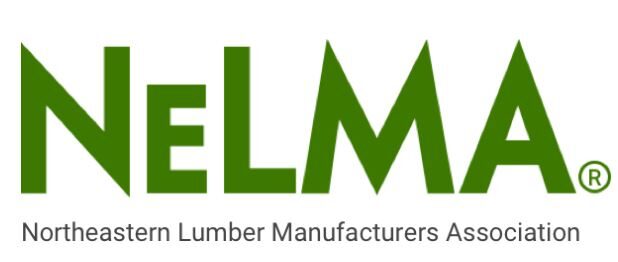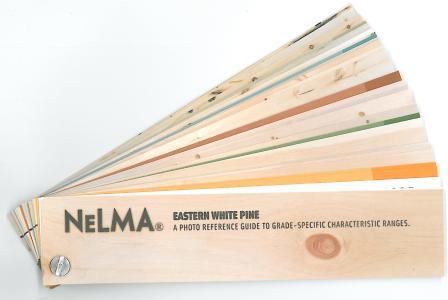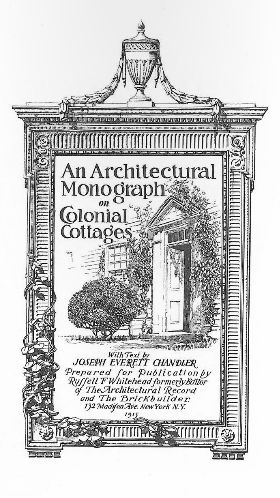
Architecture students in Switzerland are getting a hands-on education not only in spatial possibilities when structures are freed from the limitations of conventionality, but also the use of wood as a primary building material. An international group of students at the Ecole Polytechnique Fédérale de Lausanne (EPFL) known as the ‘ALICE Laboratory’ has erected an architectural installation that’s basically a free-for-all in terms of its interior layouts, allowing participants’ imaginations to run wild. They call the result, House 1, “an unfolding evolution of a space that invokes questions, contains possibilities, and is open for interpretation, rather than a singular homogenous architecture.”

The aim was to create an open-air, pavilion-style structure containing a ‘genetic code’ for future developments, filled with examples of construction layouts and styles that can be repeated or expanded upon as needed. This modern interpretation of balloon-frame timber construction uses long vertical 2”x4”s for the exterior walls, with the long studs extending uninterrupted from the foundation to the roof, which is left unfinished in this case. Balloon framing was popular through the 20th century, until it was overtaken by platform-framing as the building method of choice. Assembling a balloon frame is described as being similar to weaving a basket, with pieces put up one at a time, but in an efficient sequence that reduces labor and equipment needs.


That sequence is what we see here, drawn out to almost cartoonish proportions, with one piece of wood after another added on in regular sequences that are broken up by fun and unexpected additions like a hole in the second floor filled with netting to create an oversized hammock, built-in shelves and framing for vertical gardens. The idea is that this sequence can be recreated quickly to create houses or simply temporary open-air pavilions for special events.


It’s cool to see modern architecture students doing innovative things not only with wood, but old-fashioned timber construction methods.


